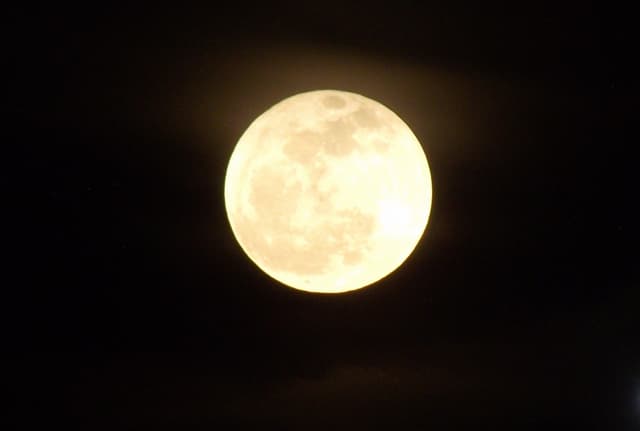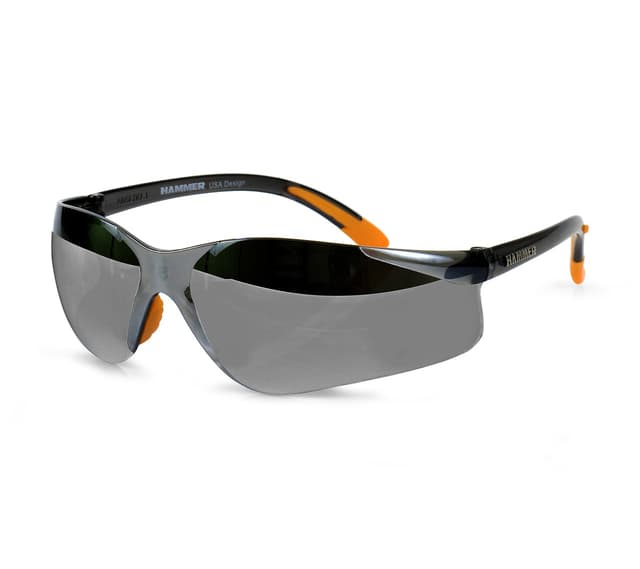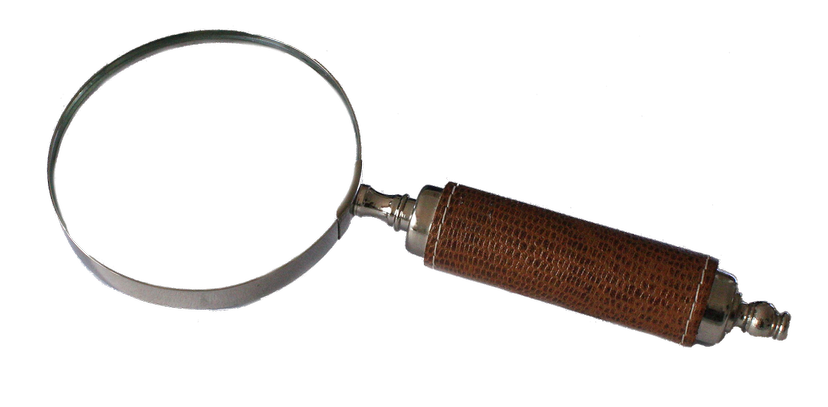Myths about teaching can hold you back
- Year 5
- Year 5
Observing the Moon
You can make and record observations of the Moon over time.
These resources were made for remote use during the pandemic, not classroom teaching.
Switch to our new teaching resources now - designed by teachers and leading subject experts, and tested in classrooms.
Lesson details
Key learning points
- The Moon is made mostly of rock. The surface has dark spots and thousands of holes called craters.
- The Moon is far away from the Earth, and can be observed more closely using telescopes and binoculars.
- A scientist who observes the night sky is called an astronomer.
- The shape of the moon appears to change throughout each month.
- Observations of the moon can be recorded in different ways.
Keywords
Moon - Our Moon is an object that travels around planet Earth.
Crater - A crater is a circular-shaped hole caused by impact in space.
Telescope - A telescope helps us to see much further into space.
Astronomer - An astronomer is a scientist who observes objects in space.
Observe - To observe is to look very closely and use other senses too.
Common misconception
Pupils often think that the Moon changes shape.
Provide opportunities for pupils to observe the Moon over time, and record observations, including how it appears to change shape.
To help you plan your year 5 science lesson on: Observing the Moon, download all teaching resources for free and adapt to suit your pupils' needs...
To help you plan your year 5 science lesson on: Observing the Moon, download all teaching resources for free and adapt to suit your pupils' needs.
The starter quiz will activate and check your pupils' prior knowledge, with versions available both with and without answers in PDF format.
We use learning cycles to break down learning into key concepts or ideas linked to the learning outcome. Each learning cycle features explanations with checks for understanding and practice tasks with feedback. All of this is found in our slide decks, ready for you to download and edit. The practice tasks are also available as printable worksheets and some lessons have additional materials with extra material you might need for teaching the lesson.
The assessment exit quiz will test your pupils' understanding of the key learning points.
Our video is a tool for planning, showing how other teachers might teach the lesson, offering helpful tips, modelled explanations and inspiration for your own delivery in the classroom. Plus, you can set it as homework or revision for pupils and keep their learning on track by sharing an online pupil version of this lesson.
Explore more key stage 2 science lessons from the Earth, Sun and Moon unit, dive into the full primary science curriculum, or learn more about lesson planning.

Equipment
Telescope or binoculars, Moon map are useful but not essential. See Worksheet for recording method
Content guidance
- Risk assessment required - equipment
- Exploration of objects
Supervision
Adult supervision required
Licence
Prior knowledge starter quiz
6 Questions
Q1.This object in space is called the .

Q2.Which object would not be good to make a model of the Moon?
Q3.When scientists investigate, they look at things very closely and use other senses to what is happening.
Q4.Which object does not make things appear larger or closer to us?



Q5.What is the name of this tool that we can use to observe objects in space?



